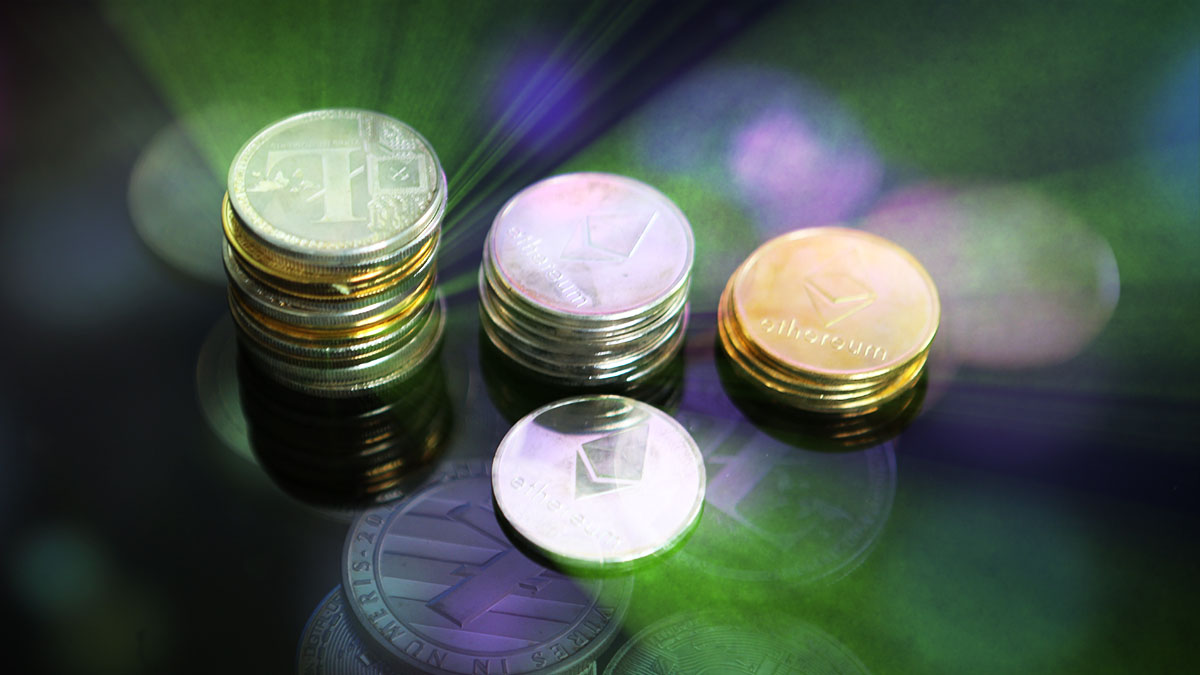Recent shifts within the decentralized finance (DeFi) sphere are notably affecting the supply of Ethereum (ETH). Variations in ETH burn rates, highlighted in a report from the Phoenix Group, reveal how leading platforms like Uniswap, MetaMask, and 1inch play critical roles in these supply changes, which ultimately influence market trends.
How Does Uniswap Lead in ETH Burning?
Uniswap has emerged as the foremost contributor to ETH burn activities. In a single week, the decentralized exchange incinerated approximately 1,841.9 ETH, valued at around five million dollars. This significant amount underscores Uniswap’s robust integration within the Ethereum network.
What Roles Do 1inch and MetaMask Play?
1inch, recognized as a decentralized exchange aggregator, executed a burn of 207.7 ETH, roughly equivalent to 558.7 thousand dollars last week. Meanwhile, MetaMask, although primarily a digital wallet, also burned 200.6 ETH, valued at about 539.6 thousand dollars, showcasing its importance in the DeFi landscape.
Additional contributions came from various other projects. The 0x Protocol, known for facilitating peer-to-peer trading, burned 156.4 ETH, while Gnosis incinerated 106.1 ETH. Other notable burns included 38 ETH from Pendle, 36.6 ETH from Kyber Network, and 24.5 ETH from Aave.
- Last week saw a total of 12,233 ETH burned, equating to approximately 32.9 million dollars.
- The trend indicates a growing engagement with DeFi applications, suggesting a potential upward pressure on ETH prices.
- Leading projects like Uniswap and 1inch are pivotal in driving these supply reductions, reinforcing the significance of DeFi in the Ethereum ecosystem.
The collective efforts of DeFi platforms in burning ETH underscore a noteworthy trend that could reshape pricing dynamics in the Ethereum market. As the DeFi sector expands, its influence on ETH supply becomes increasingly pronounced.












